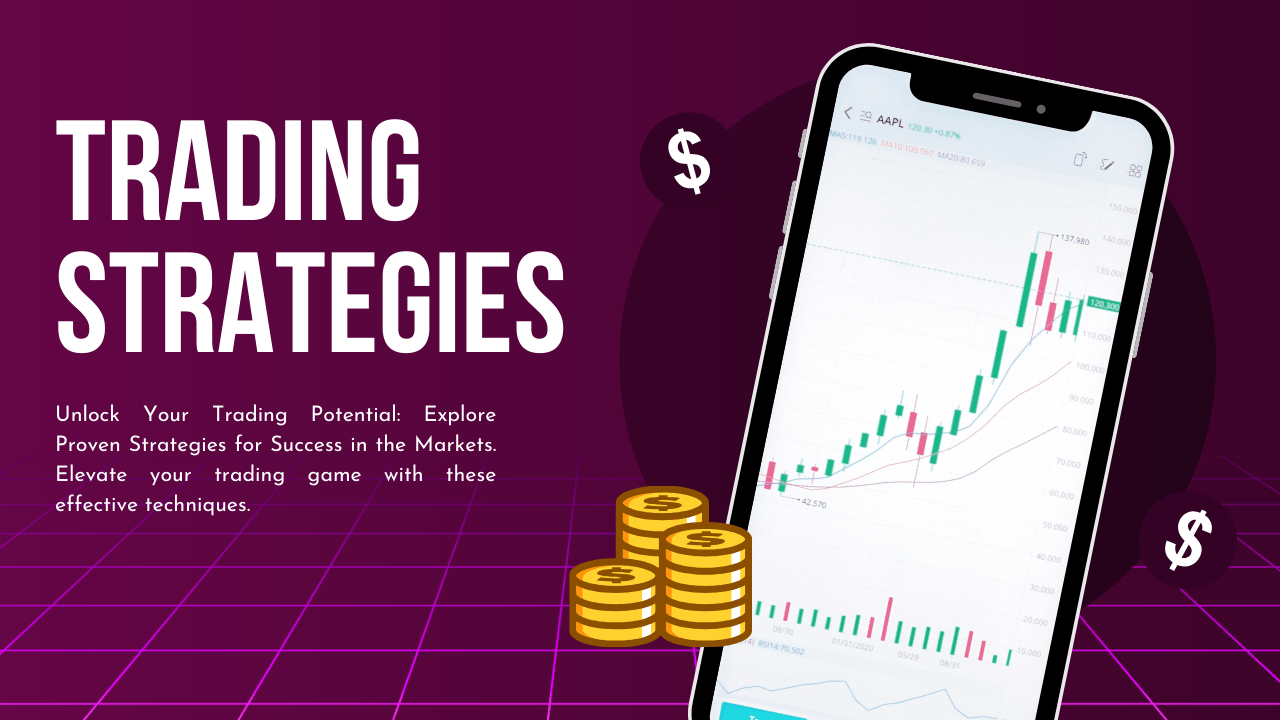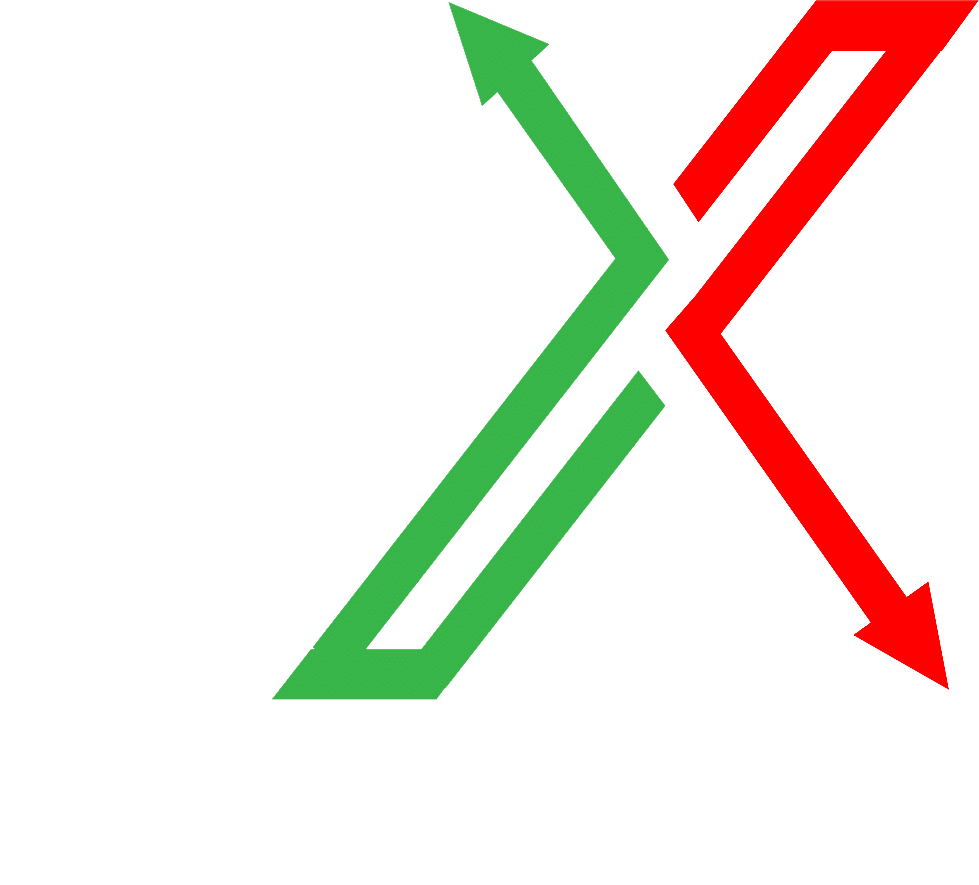Forex trading, also known as foreign exchange trading, involves buying and selling currencies to profit from their changing values. The primary goal of Forex trading is to capitalize on fluctuations in exchange rates between currency pairs. For example, popular currency pairs like GBP/JPY (British Pound and Japanese Yen) or EUR/USD (Euro and US Dollar) are traded in the Forex market.
Traders aim to predict whether one currency will strengthen or weaken compared to the other, making decisions to buy or sell accordingly. This market’s appeal lies in its flexibility, high liquidity, and accessibility, making it a favored choice for both individuals and large institutions.
Benefits of Forex Trading
Forex trading offers several advantages that attract participants:
High Liquidity: The Forex market allows traders to execute transactions quickly and efficiently, as it operates 24 hours a day.
Low Entry Barriers: Beginners can start trading with relatively small investments, making it accessible to a wide range of participants.
Leverage Opportunities: Traders can control large positions with a small amount of capital, thanks to leverage. However, it’s important to note that while leverage can amplify profits, it can also increase losses significantly.
To engage in Forex trading, individuals typically use platforms provided by brokers. These platforms offer tools for market analysis, trade execution, and risk management.
Essential Skills for Forex Trading
Successful Forex trading isn’t just about luck; it’s a blend of knowledge, strategy, and discipline. Traders need to understand two primary methods of market analysis:
Fundamental Analysis:
This involves studying economic data, central bank policies, and geopolitical events to predict currency movements. For example, changes in interest rates or trade policies can significantly affect currency values.Technical Analysis:
This approach focuses on price charts, patterns, and technical indicators to identify trends and potential entry or exit points for trades. Tools like moving averages or Fibonacci retracements are commonly used in this method.
The Importance of Risk Management
Risk management is critical to protect against potential losses in Forex trading. Here are two common tools traders use:
Stop-Loss Orders: These automatically close a trade if the market moves against the trader beyond a specific threshold, minimizing losses.
Take-Profit Orders: These allow traders to lock in profits when the market reaches a predetermined level.
Additionally, traders should always consider the high volatility of the Forex market. Currency prices can change rapidly due to various factors, making it essential to trade with caution and proper preparation.
Types of Forex Markets
The Forex market consists of several segments, each offering unique conditions and opportunities. Let’s explore the four primary types:
1. Spot Market:
The spot market is the most straightforward form of Forex trading. Here, currencies are exchanged instantly at current market rates. Transactions in this market are typically settled within two business days. It’s commonly used by individuals, corporations, and financial institutions for activities such as international trade and speculative trading.
2. Forward Market:
The forward market enables participants to buy or sell currencies for future delivery at a predetermined rate. Unlike the spot market, forward contracts are customizable and allow traders to fix an exchange rate for a specific date in the future. Businesses often use this market to hedge against potential currency fluctuations.
3. Futures Market:
The futures market is a regulated space where standardized contracts for currency exchange are traded. These contracts specify the amount, rate, and settlement date for the transaction. Futures contracts are traded on organized exchanges and offer transparency and liquidity. This market is popular among institutional investors, speculators, and hedgers.
4. Options Market:
Options trading provides the right—but not the obligation—to buy or sell a currency at a specific price within a set time frame.
Call Options: Allow the buyer to purchase a currency at a predetermined price.
Put Options: Allow the buyer to sell a currency at a predetermined price.
Options are highly flexible and are often used by traders to manage risks or speculate on potential price movements.
Conclusion
Forex trading is a dynamic and accessible market, offering opportunities for traders with even small amounts of capital. Its high liquidity, leverage options, and 24/7 operation make it a highly attractive avenue for profit. However, success in Forex trading requires proper research, skill, and disciplined risk management.
Whether you're a beginner or an experienced trader, prioritizing education is essential. A deep understanding of currencies, market analysis, and trading strategies will equip you to navigate the complexities of this exciting financial market. Always remember to trade responsibly and keep learning to refine your approach.

